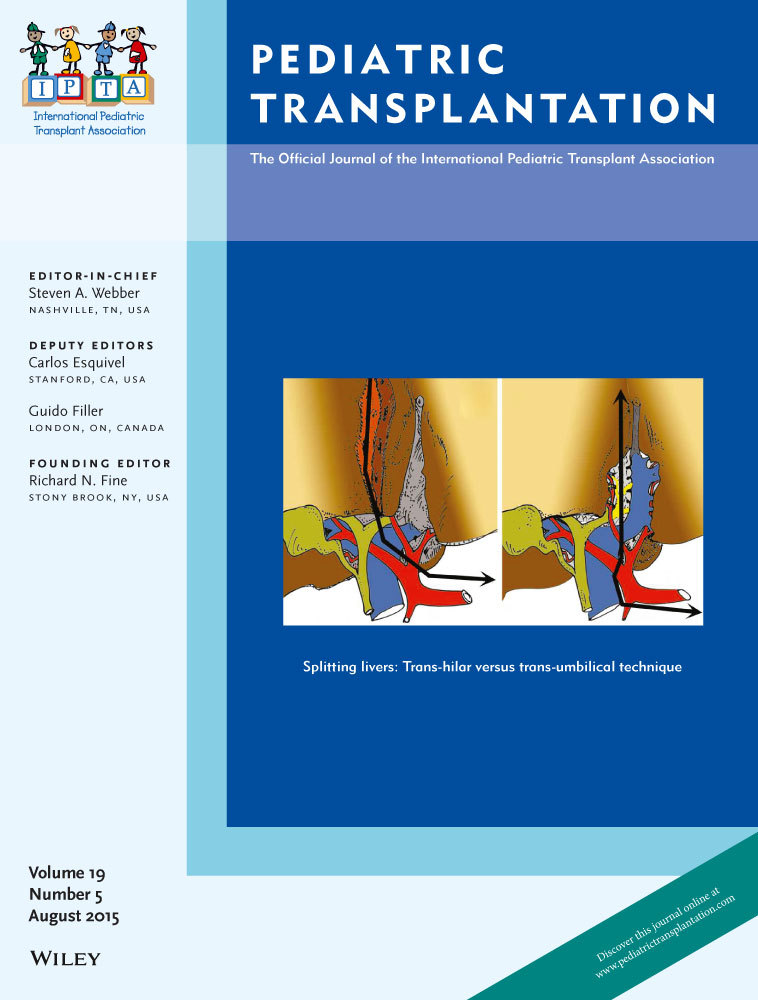Vitamin D insufficiency and deficiency in pediatric renal transplant recipients
Abstract
Vitamin D deficiency is prevalent in the pediatric CKD population. Recognizing that renal transplant recipients have CKD, we assessed the prevalence of vitamin D insufficiency and deficiency in pediatric renal transplant recipients, compared to a healthy pediatric population. We prospectively studied 25(OH)D levels in 29 pediatric renal transplant recipients and 45 control patients over one yr. The overall prevalence of vitamin D insufficiency and deficiency was common in both populations, at 76% (95% CI: 61, 87%) in the pediatric renal transplant recipients and 91% (95% CI: 80, 98%) in the control group. In the paired renal transplant samples, the mean 25(OH)D level was 52.3 ± 17.9 nmol/L in the winter and 65.6 ± 18.8 nmol/L in the summer (95% CI diff.: 3.9, 22.7), in keeping with a significant seasonal difference. The mean dietary intake of vitamin D in the renal transplant recipients, assessed by three-day dietary record, was 5.7 μg/day, with a vitamin D intake below the EAR in the majority. We did not find an association between vitamin D intake and 25(OH)D levels in this study, likely due to the low dietary intake of vitamin D within the transplant population, identifying a potential area for intervention and improvement.




